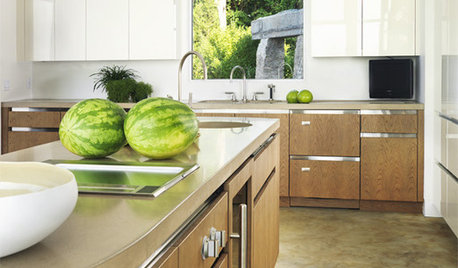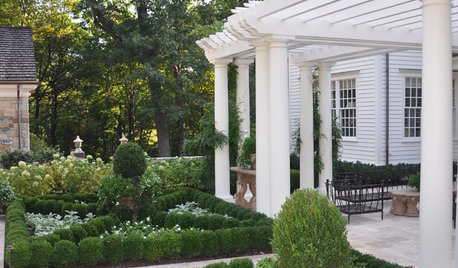Planning for crop rotation
Kosch
10 years ago
Featured Answer
Sort by:Oldest
Comments (9)
nancyjane_gardener
10 years agoKosch
10 years agoRelated Professionals
Beachwood Landscape Architects & Landscape Designers · Bedford Landscape Contractors · East Haven Landscape Contractors · East Patchogue Landscape Contractors · Fort Atkinson Landscape Contractors · Lady Lake Landscape Contractors · Longmont Landscape Contractors · North Richland Hills Landscape Contractors · Shirley Landscape Contractors · Crowley Landscape Contractors · Beaumont Driveway Installation & Maintenance · Canton Driveway Installation & Maintenance · Eustis Driveway Installation & Maintenance · Providence Driveway Installation & Maintenance · Randolph Driveway Installation & Maintenancetishtoshnm Zone 6/NM
10 years agomckenziek
10 years agoNHBabs z4b-5a NH
10 years agoKosch
10 years agomckenziek
10 years agogardenper
10 years ago
Related Stories

GARDENING GUIDESOrganic Matters: Thwart Insect Pests With Trap Crops
Add a few sacrificial plants to your garden to lure insects away from the harvest
Full Story
EDIBLE GARDENSHow to Grow Your Own Sweet Summer Crops
This guide will help any gardener get started on growing the freshest warm-season veggies and berries for summer
Full Story
SPRING GARDENINGSummer Crops: How to Grow Strawberries
Pluck your own sweet strawberries right from the garden vine for smoothies, salads or eating then and there
Full Story
EDIBLE GARDENSSummer Crop: How to Grow Blueberries
Plant blueberries in spring or fall for garden beauty through three seasons — and a sweet superfood in summer
Full Story
SUMMER FRUITS AND VEGETABLESHow to Grow Your Own Fresh, Sweet Corn
Here's how to plant and care for your own mini cornfield
Full Story
EDIBLE GARDENSSummer Crops: How to Grow Watermelons
You might not need as much space as you think to get this summer mainstay to spring up in your garden
Full Story
GARDENING AND LANDSCAPINGCream-of-the-Crop Vegetable Gardens
Both trendy and traditional, these inspired potager designs turn the everyday vegetable garden into art for your landscape
Full Story
EDIBLE GARDENSSummer Crops: How to Grow Squash
Almost foolproof and with cheerful flowers, squash comes in a wide range of varieties to plant in spring
Full Story
FARM YOUR YARDIf You Have Room for Only One Summer Crop ...
Get an edible that’s long on flavor even if you’re short on space, with a long-time gardener’s favorite picks
Full Story
EDIBLE GARDENSSummer Crops: How to Grow Tomatoes
Plant tomato seedlings in spring for one of the best tastes of summer, fresh from your backyard
Full StoryMore Discussions







digdirt2